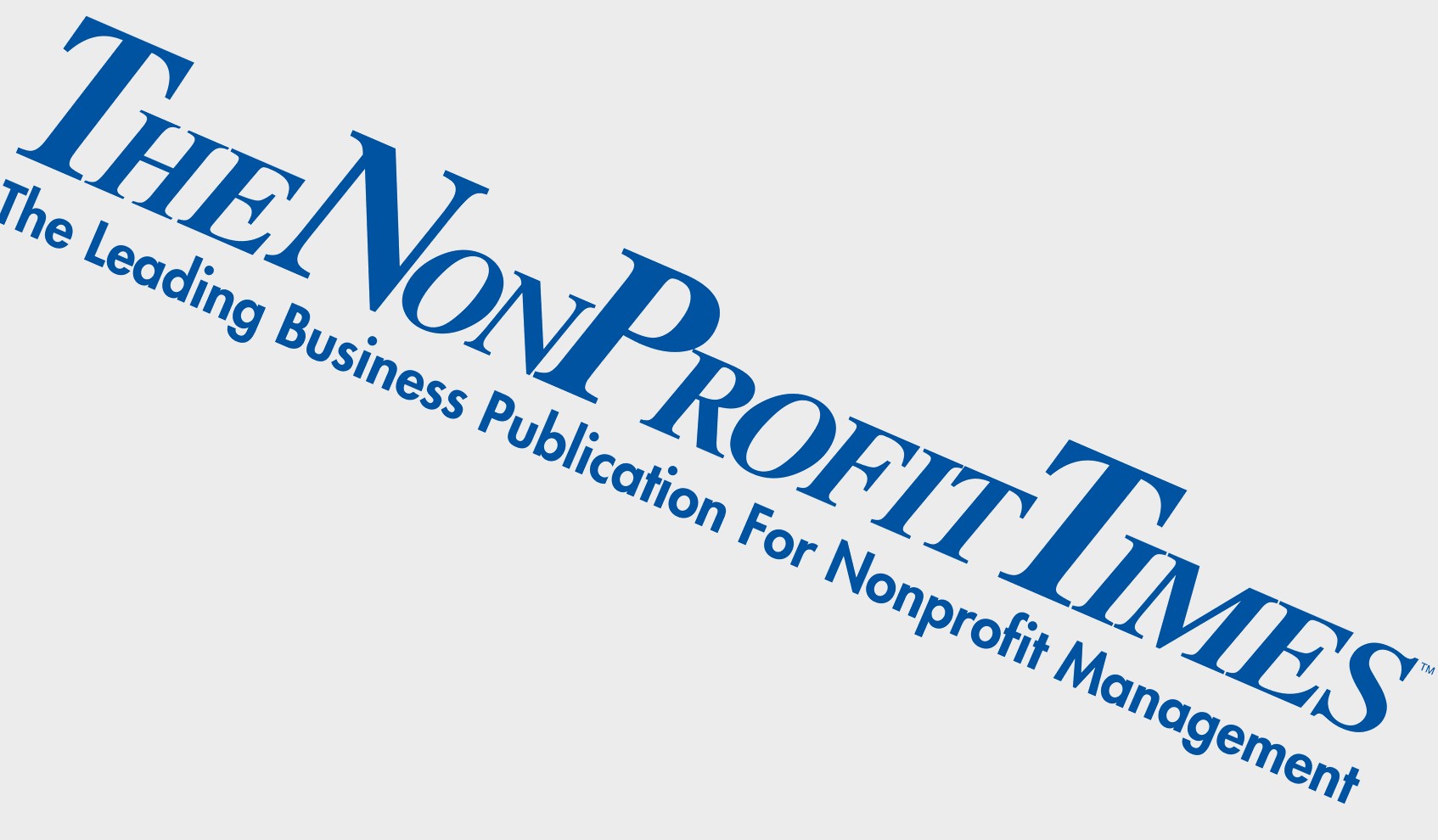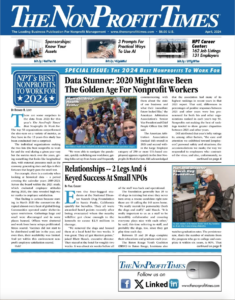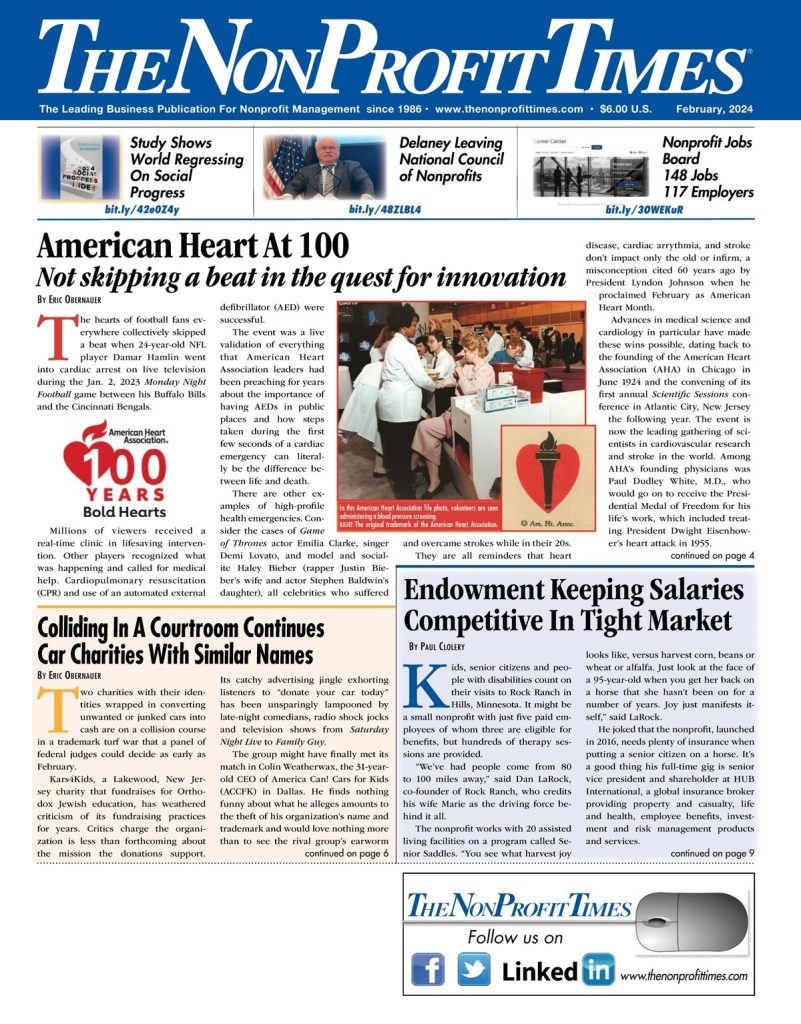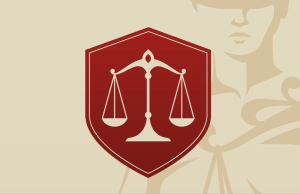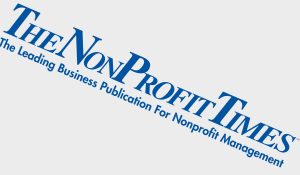If the old cliché of honesty being the best policy is correct, why are there so many instances of dishonesty in the nonprofit workplace? That was the question discussed today during a session of the 2013 Risk Summit, presented in Boston by the Nonprofit Risk Management Center.
According to Thomas P. O’Neill of Hanover Insurance, the first 20 pages on an Internet search on honesty involves teaching kids the meaning. There is little on the topic for adults. O’Neill called dishonesty a “thinking error” that developed into “cognitive distortions.” Those distortions allow a person to go the next step, which might not be honest.
The issue is the magnitude of the reward if not caught, the chance of being caught and the degree of punishment. In that thinking error there can be justification and minimization of the issues involved, he said. “Jails are full of people who knew the punishment but did it anyway,” said O’Neill. For all intents and purposes, he said, it’s a cost/benefit analysis.
Dishonesty will increase as individuals pay less attention to their own standards, face situations that can evolve into honesty-compatible terms and when given an opportunity to be dishonest, people will go right up to their personal boundary.
He gave the nine biggest mistakes a leader can make, citing a Harvard Business Review blog. They are:
- Self-interest over agency interest;
- Betraying public trust;
- Being certain;
- Failure to live up to values;
- Being single-minded;
- Arrogance and hubris;
- Acting too fast;
- Not being authentic and being self-focused; and,
- Not being self-reflective.
Board members must be involved when it comes to honesty at the organization’s highest levels. The board members must:
- Review and share organizational financials;
- Conduct an annual assessment of the CEO;
- Regularly address board performance;
- Address issues head on; and,
- Lead with authenticity.

